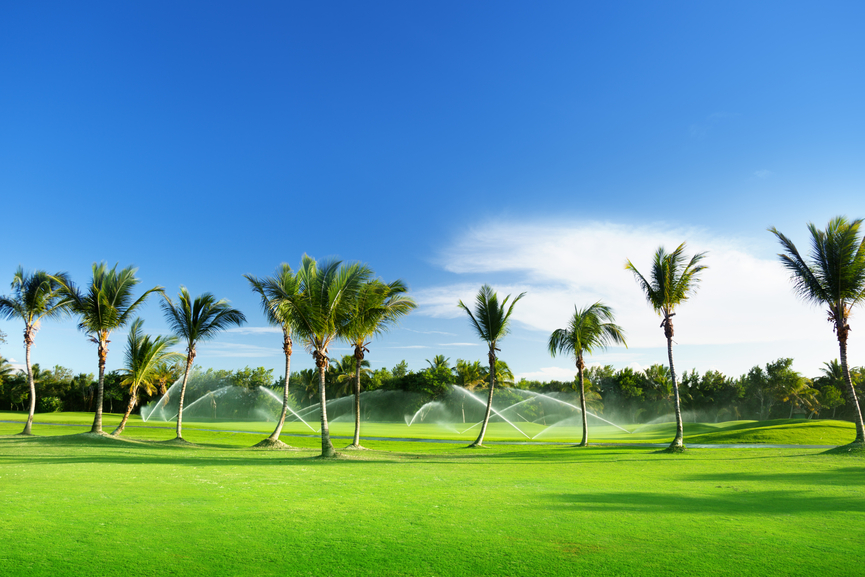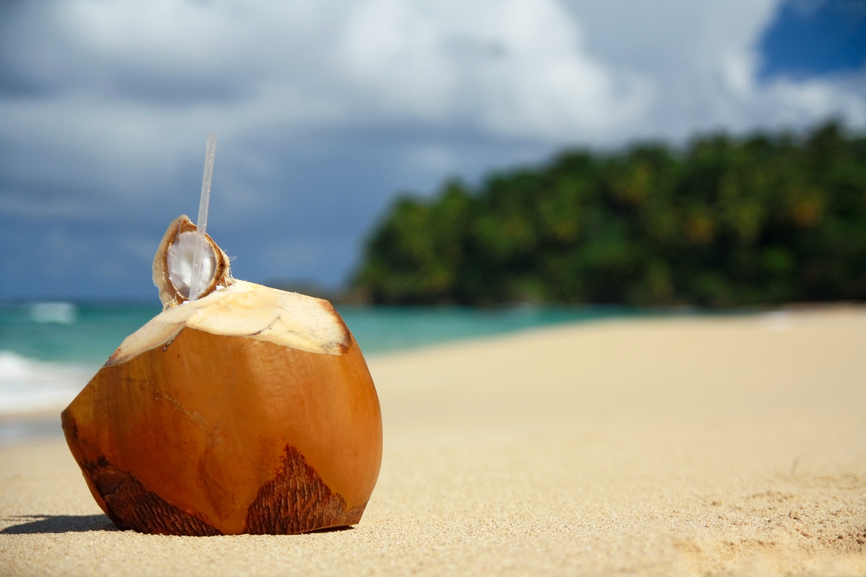Vittorio, DJ0ML will be active from Dominican Republic until June 2015 as DJ0ML/HI7.
He is working on 80,40,20,15,10,6m.
QSL via home call direct.
Dominican Republic
A nation on the island of Hispaniola, the Dominican Republic is one of the Caribbean’s most geographically diverse countries. It forms part of the Greater Antilles archipelago in the Caribbean region with three-eighths of the island to the West occupied by Haiti. The Dominican Republic is the second largest Caribbean Nation, the first being Cuba. To the north of the Dominican Republic lies the North Atlantic Ocean with the Caribbean Sea laying to the south.
It is home to more than 8.5 million people and many a visitor come to the nation for its diverse countryside, complete with arid desert expanses, tropical rainforests, steamy mangrove swamps and alpine ranges. Its capital city is Santo Domingo, which also happens to be the oldest city in the new world. The official language of this nation is Spanish with other languages spoken including; English, German, French, and Italian.
Geographical Aspects
The Dominican Republic occupies the eastern two-thirds of the island of Hispaniola, of which the Republic of Haiti shares the same. To the North of the nation lies North Atlantic Ocean with the Caribbean Sea laying to the south. With an estimated size of 48,442 km2 in terms of the country’s area, the Dominican Republic is considered s the second largest country in the Antilles, after Cuba. Its Capital city, Santo Domingo is situated on the southern coast.
It boasts of a number of offshore cays and islands that are part of its territory and has four important mountain ranges at its mainland. There are four major rivers to the nation, with the Yaque del Norte being the longest and most important. In addition, there are a number of coastal lagoons and lakes to the nation with the largest lake, which is also a salt lake being Enriquillo. With its location near the fault action in the Caribbean, the nation has suffered a major earthquake in the past(1946) which led to the death of approximately 1800 people in the tsunami attack.

Climatic Conditions
The Dominican Republic boasts of a tropical climate all year round. It boasts of a seasonal variation in rainfall in addition to a little seasonal temperature variation. The months of June to October are subject to severe storms owing to the nation’s location in the middle of the hurricane belt. The annual average temperature to the region is 25 °C, with the months of January and February being the coolest months of the year and August being the hottest. From November through to January, the wet season can be experienced along the northern coast. Other parts of the nation experience the wet season between the months of May and November.
The nation also experiences periodic droughts and occasional flooding.
Demographics
With an estimated population of slightly over 10 million people in the year 2014, the Dominican Republic is estimated to have 103 males for every 100 females, of which 35% of the population is under the age of 15 and approximately 5% is over the age of 65.
Approximately 73% of the population is mixed while 16% is white and 11% is black. There are a number of ethnic immigrant groups to the nation inclusive of the Palestinians, the Syrians and the Lebanese. There are also increasing numbers of Jamaicans, Puerto Rican immigrants and people of the Haitian descent living on the island. In addition, ethnic Japanese and Chinese can also be found on the island.

Religion
Approximately 68.9% of the population is Roman Catholics, with 18.2% being Protestants, 10.6% laying claim to no religion and 2.3% claiming the ‘other’ status. Generally speaking, religious freedom can be found throughout the country.
Languages
The Official language to the country is Spanish although there are other languages to be spoken, including English, German, French and Italian. The local dialect is Dominican Spanish which has a close resemblance to Canadian Spanish with traces of the Arawak language vocabularies. Haitian descendants speak Haitian Creole, people in the Samana Peninsula speak Samana English while English and French are taught as secondary language in the nation’s schools, which is based on a Spanish educational model.
Culture
There is a blend of cultures in this nation with a mix of cultures of the African slaves, the Spaniard colonists, Taino natives and Europeans. Most prominent in the family structure, food, music and religion are the African, European and Taino cultural elements.
The blend in cultures has translated to the architecture to be found in the nation, with deep influences of the European colonists prevails over most parts of the country.

Sports
The Dominican Republic by far has a special spot for Baseball, with the country boasting of a baseball league of six teams. Aside from baseball, the country also taken an interest in boxing, with a number of world-class fighters and world champions coming from its fold. Other sports played in the nation include basketball, volleyball, Taekwondo and judo.
Transportation
The Dominican Republic nation has the third best transport infrastructure in Latin America. It has three national trunk highways that connect to every major town in the country. Ports and harbors include; Puerto Plata, Boca Chica, Santo Domingo and Rio Haina.
Natural Resources, industries and trade
Natural resources to the region include bauxite, nickel, gold and silver with exports including sugar, ferronickel, silver, gold, cocoa, coffee, tobacco, meats and consumer goods while imports include petroleum, food stuffs, chemicals and pharmaceuticals as well as cotton and fabrics. Major trading partners to the Dominican Republic include Belgium, the UK, USA, Colombia, Mexico and Venezuela.
Industries to the region include sugar processing, tourism, gold mining, ferronickel mining, cement, textiles and tobacco while agriculture takes on the growth of coffee, cotton, sugarcane, cocoa, bananas, rice, beans, corn and potatoes with the rearing of cattle, pigs and chicken for dairy products, beef and eggs. Majority of the labor force is into services and government, followed by industry and agriculture.
Currency
The Dominican Peso (RD$) is the official currency to this nation.
National Holiday
Independence day is on February 27 for this nation.
Video Dominican Republic

